by
Mexican markets, especially the open-air variety, still bear an uncanny resemblance to their pre-Hispanic predecessors. The colors and aromas of carefully arranged piles of fruit and vegetables, bundles of herbs, and all manner of corn dough-based food baking on the comal is not that much different from the descriptions given nearly five hundred years ago by the newly-arrived Europeans. However, a look around today’s Mexican markets, from small village affairs to huge, urban complexes sprawled over several city blocks, reveals a few outstanding differences, not the least of which is the presence of cheese.
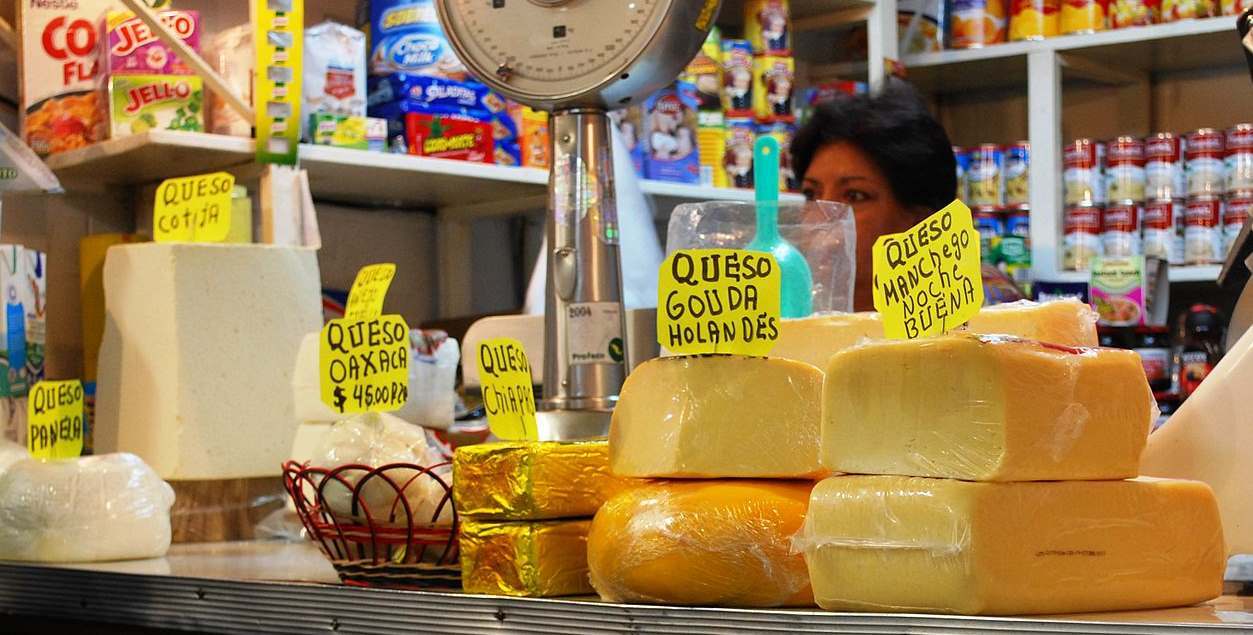
Cheese packed into baskets and wooden hoops, cheese rolled like twine into balls of all sizes, cheese wrapped in corn husks or pressed into flat, white discs, are all part of the culinary landscape known as puestos de queseros, cheesemongers’ stalls. But such was not always the case.
Before the Spaniards introduced cows and goats, sources of meat and milk, the inhabitants of what is now Mexico existed largely on a diet of fruit and vegetables, fish and fowl, and occasional wild game. The arrival of milk-producing animals, however, changed the diet of Mexico forever. Justo Sierra, the turn-of-the century Mexican educator, said that “the grocer, not the conquistador, is the real Spanish father of Mexican society”, succinctly summing up the tremendous importance of the dietary changes brought on by Spanish colonization. This is strikingly evident in the realm of cheesemaking which, though introduced by conquerors from another continent, evolved into a regional occupation, producing distinctly Mexican cheeses. In many parts of Mexico, this trade has become a family tradition, its secrets and techniques passed on from one generation to the next.
In the northern Mexican state of Chihuahua, where cattle descended from animals brought from Europe provide a major means of sustenance, the production of cheese is an important and respected industry, and one which is still frequently carried out in the home. Ranchers arise early each day to milk the cows, initiate the curdling, and begin the process of making queso ranchero, the ubiquitous appellation for many different types of cheese, including the ricotta-like requeson, the smooth, moist panela, and the pale yellow queso chihuahua.
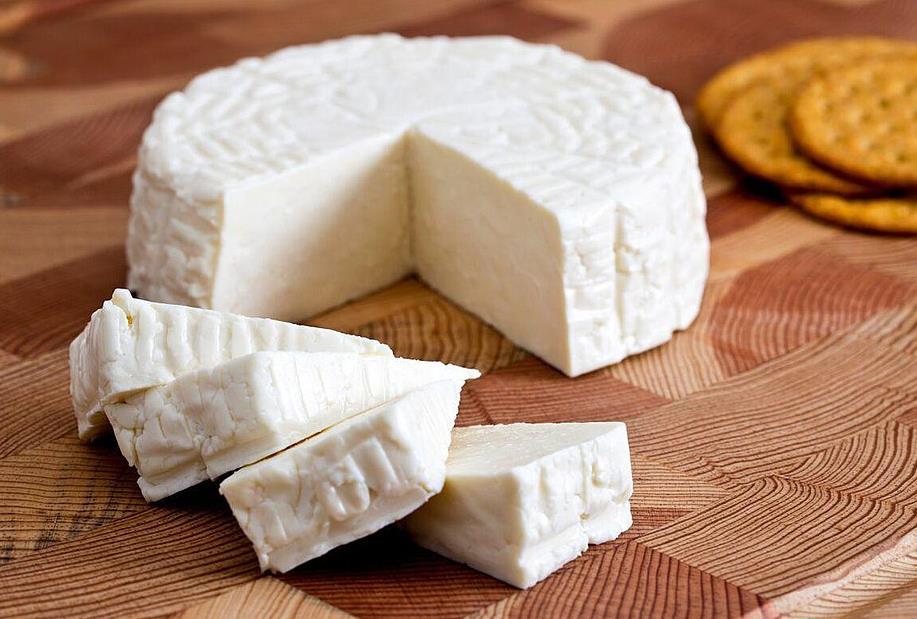
Like all people close to the land, the ranchers are subject to the whims of nature. A good rainy season means good grazing for the cattle, more milk, and a more productive cheese industry. When drought conditions occur, goats’ milk is used to make cheese. Goats are capable of surviving on even the driest, thorniest vegetation, and their milk is five times easier to digest than cows milk. Although it contains significantly greater amounts of potassium, goat’s milk is not nearly as popular as cow’s milk for making cheese, and goat cheese is getting more difficult to find in the markets.
Mercados all over the country, in addition to their own regional specialties, sell cheese from the well-known cheesemaking areas. Besides Chihuahua, these include Oaxaca, Querétaro and Chiapas.
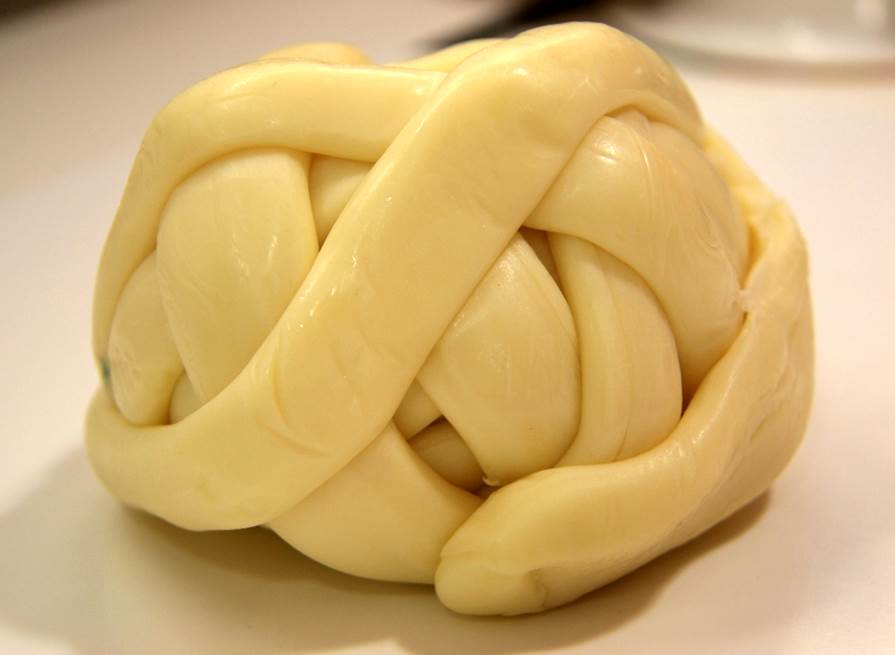
Oaxaca’s famous string cheese, known nationally as queso oaxaca, is not the only specialty of the region. In the huge Central de Abastos market, as well as the smaller weekly markets of villages in the Etla Valley, a wide variety of local pot cheese is sold. In Querétaro, a cheese and wine festival is held each May, and in Chiapas, the spongy white cheese of Rayon, Ocosingo and Pijijiapan is in such demand that people from other parts of the country place special orders.
The cheese produced on family ranches and sold in Mexico’s mercados bears little resemblance to the plastic-wrapped versions found on supermarket shelves. However, sometimes there is little choice, and in that case, using supermarket cheese is preferable to not trying Mexican cheese at all. The variety of dishes that use different local cheeses is astounding and many of them can be prepared successfully with some creative substitution.
Here, then, is a list of the most frequently encountered Mexican cheeses, with suggestions for substitutions when possible. Even within the country, the names of some of the cheeses, like other regional culinary terms, change from area to area, and every effort has been made to provide alternate names when possible. Next month’s column will present a variety of Mexican cheese dishes, including appetizers, soup, and main dishes.
Fresh Cheeses:
- Queso blanco:
- This creamy, white cheese is made from skimmed cow’s milk, and has been described as being a cross between cottage cheese and mozzarella. It is traditionally coagulated with lemon juice, giving it a fresh, distinctive lemon flavor, although nowadays it is often commercially made with rennet. It softens when heated, but doesn’t melt, and is a good choice for stuffing enchiladas.
- Queso fresco:
- A spongy white cheese, used to crumble over botanas – snacks – as well as on enchiladas and taquitos, this type of cheese was introduced to Mexico from Burgos, Spain. It is usually made with a combination of cow’s milk and goat’s milk. A very mild feta is an acceptable substitute for the grainy and mildly acidic queso fresco.
- Queso panela:
- Also called queso de canasta because it carries the imprint of the basket in which it is molded, this is a soft, white cheese most often served as part of an appetizer or snack tray. It absorbs other flavors easily, and is sometimes coated with a garlic-and-chile paste, or wrapped in toasted avocado leaves, to be served with cocktails.
- Requesón:
- A loose, ricotta-like cheese used to fill enchiladas and to make cheese spreads, this variety is most often sold in the markets wrapped in fresh corn husks. A mild – not salty – ricotta can be substituted for requesón.
Soft Cheeses:
- Queso añejo:
- This is simply an aged version of queso fresco and, while classified as a soft cheese, can actually become quite firm and salty as it ages. It is used primarily as a garnish, crumbled or grated over a variety of dishes. Romano could be substituted for queso añejo.
- Queso oaxaca:
- Also known as quesillo, this is by far the most popular cheese for making quesadillas. It is a stretched curd cheese, kneaded and wound into balls. It should be pulled apart into thin strings before using to fill tortillas or melted on cooked food. Mozzarella or string cheese can be used in its place
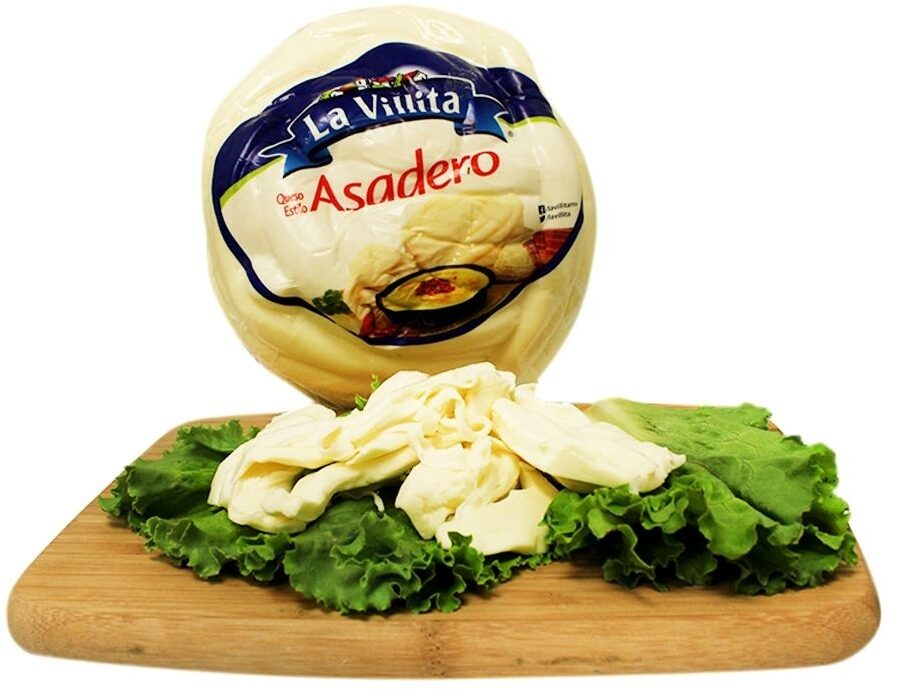
Semi-Soft Cheeses:
- Queso asadero:
- This is specifically a melting cheese, used to make the Mexican fondue called queso fundido, a dish which adapts well to the inclusion of a variety of ingredients and is usually eaten as a late-night supper. Fontina and Monterrey Jack are fine substitutes.
- Queso chihuahua:
- Also called queso menonita, after the Mennonite communities of northern Mexico that first produced it, this cheese is now made by both Mennonites and non-Mennonites all over the country. Unlike most Mexican cheeses, it is pale yellow rather than white, and can vary in taste from mild to a nearly cheddar-like sharpness. It is used in a wide variety of dishes, and is especially good for making queso frito, a breaded, fried cheese dish. Since Chihuahua cheese is widely sold outside of Mexico, it should not be necessary to look for substitutes, however a very mild cheddar or a flavorful jack cheese could replace it in many recipes.
- Queso jalapeño:
- A smooth, soft white cow’s milk cheese with bits of jalapeño chile in it, this cheese is served as a snack or used to make quesadillas.
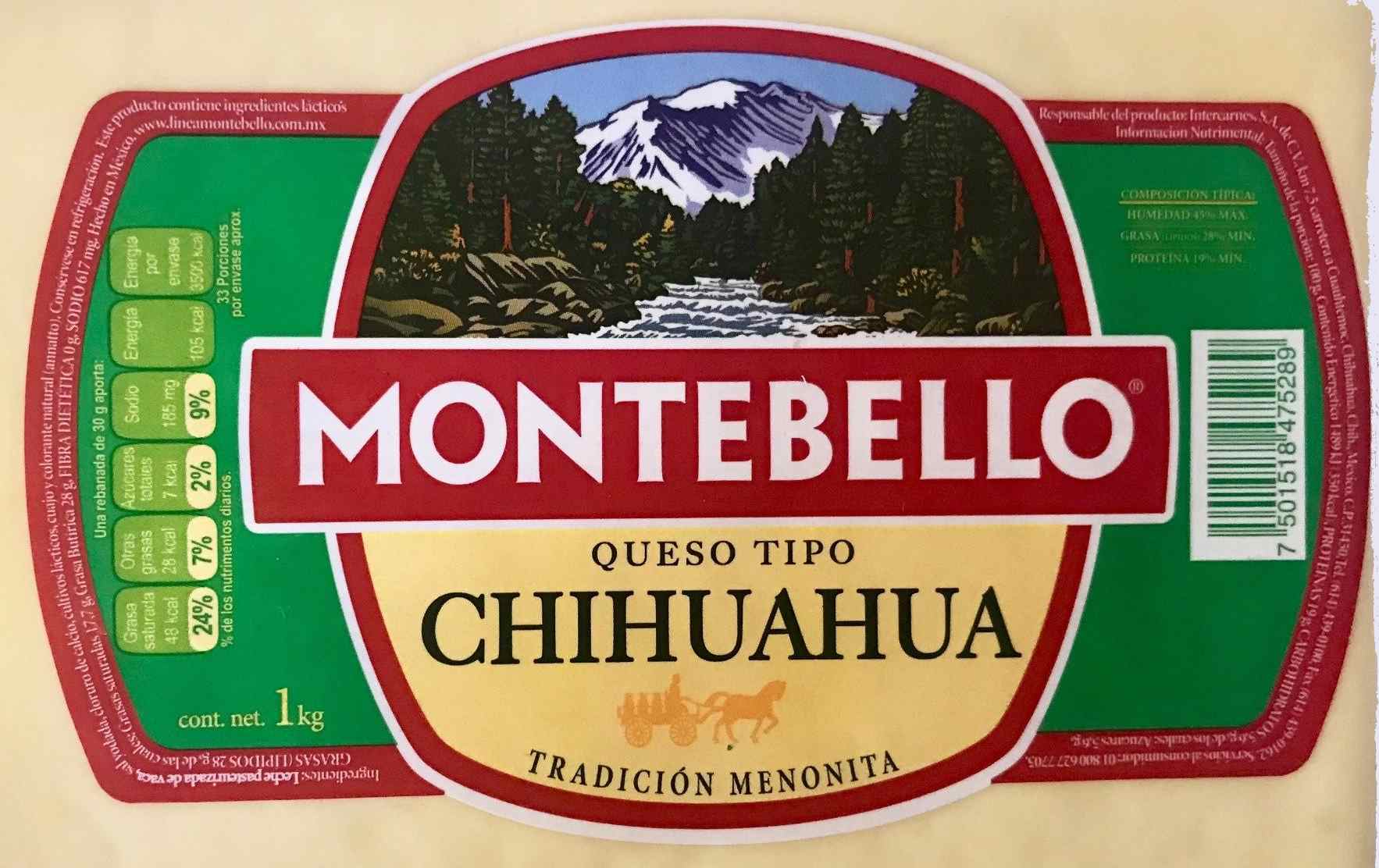
Semi-Firm Cheeses:
- Queso criollo:
- This pale yellow cheese is a specialty of the region around Taxco, Guerrero, and is so similiar to Munster that the two can easily be used interchangeably.
- Queso edam:
- Although not considered a Mexican cheese, Edam has become such an intrinsic part of Yucatecan regional cooking that it is worth including here. The cheese round is scooped out, filled with a seasoned meat picadillo, and steamed in the oven in the same manner that a custard is prepared. This queso relleno is then presented whole, accompanied by a salsa roja.
- Queso manchego:
- Introduced to Mexico from the Spanish region of La Mancha, this buttery yellow cheese is popular outside of Mexico as well. It is good for melting, or for serving with fruit or crackers. Manchego is widely available north of the border, but Monterrey Jack is a good substitute.
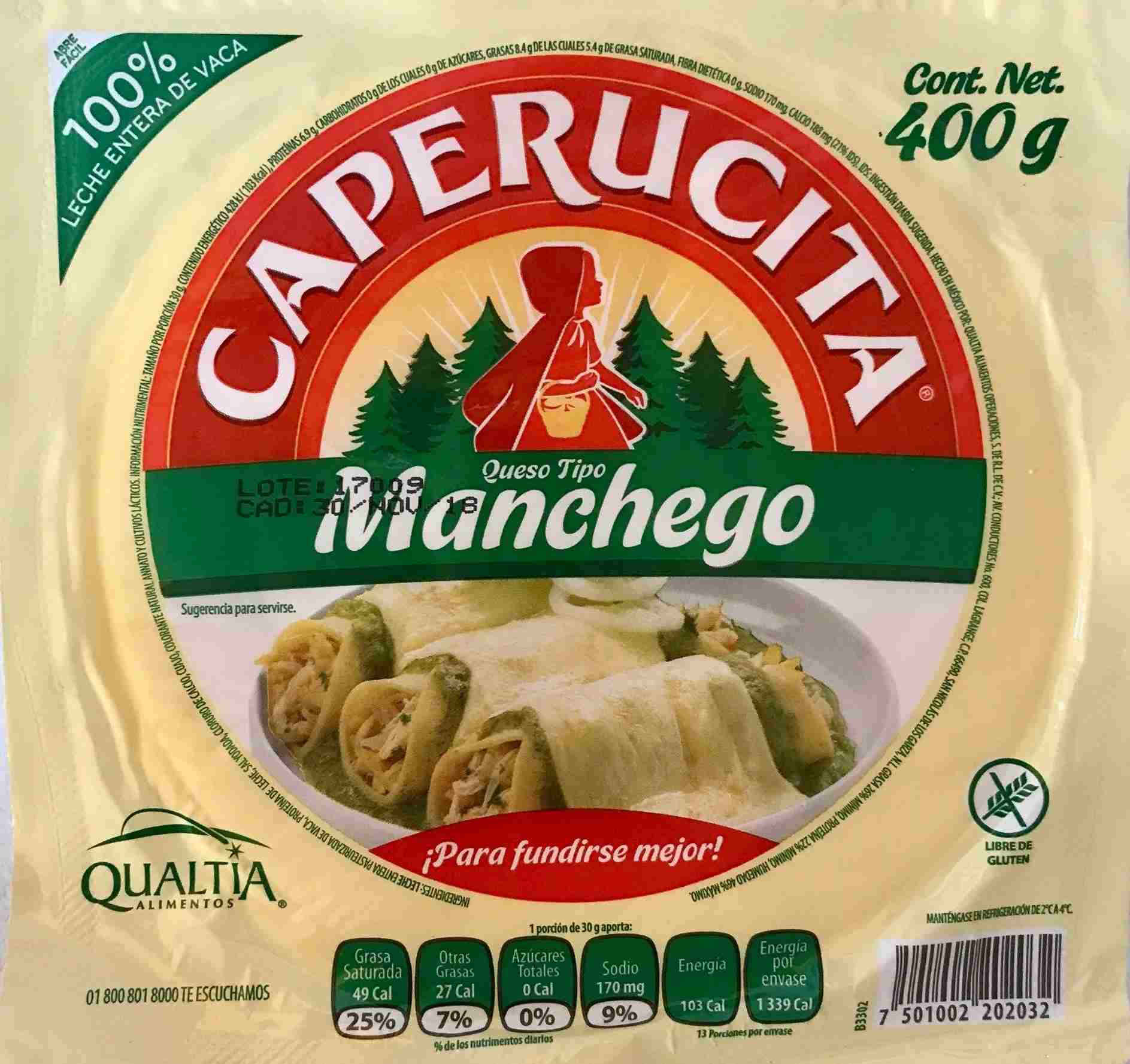
Firm Cheeses:
- Queso añejo enchilado:
- This is queso añejo, with a spicy red coating, which has been aged to the point where it serves as a condiment. A strong feta cheese could be substituted for it.
- Queso cotija:
- Named for the town of Cotija, Michoacan, where it originated, this is a sharp, crumbly goat cheese. It has been called “the Parmesan of Mexico” and is usually served over beans and salads.
- Queso manchego viejo:
- As its name indicates, this is manchego that has been aged to the point where it hardens and becomes more intense in flavor. It is quite often shaved over botanas.
Part II: Recipes with Mexican Cheeses

